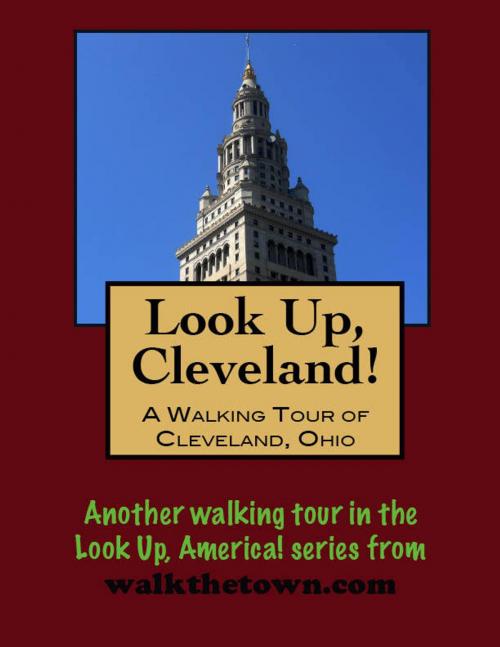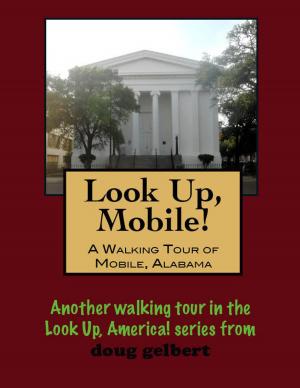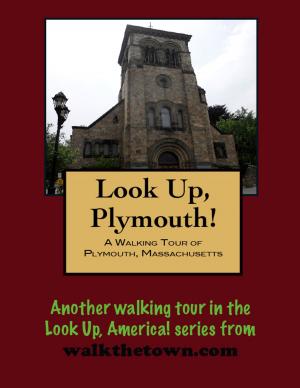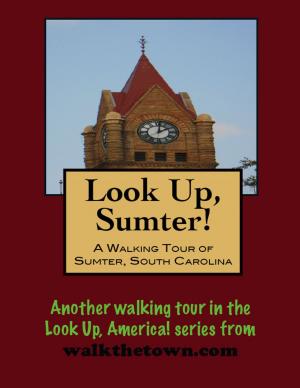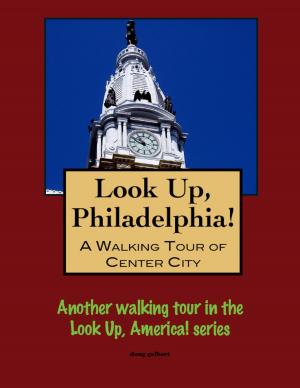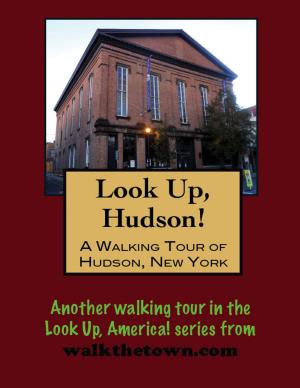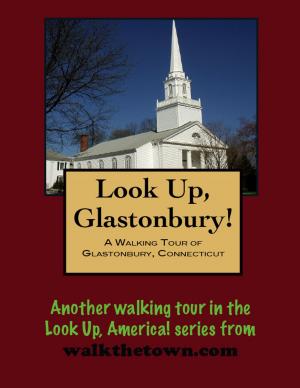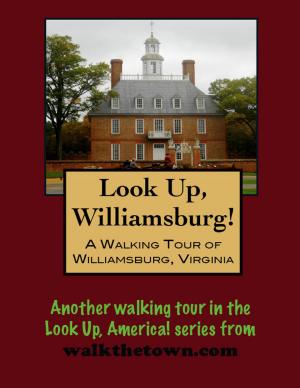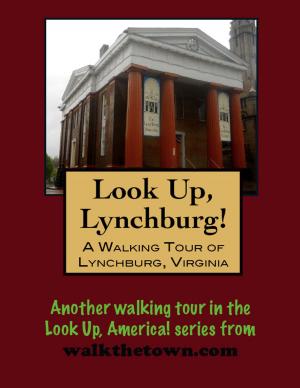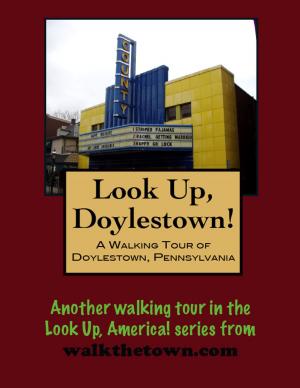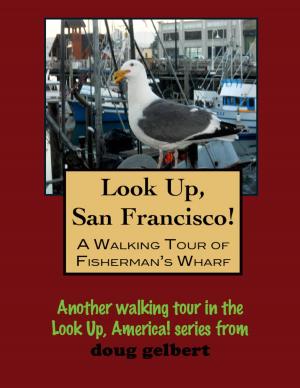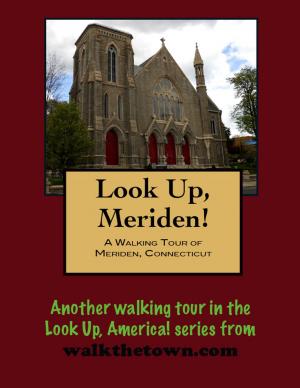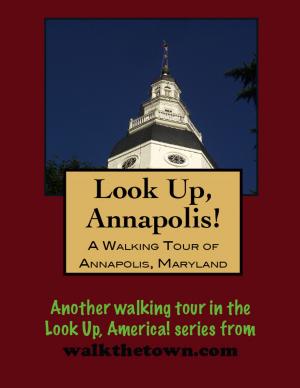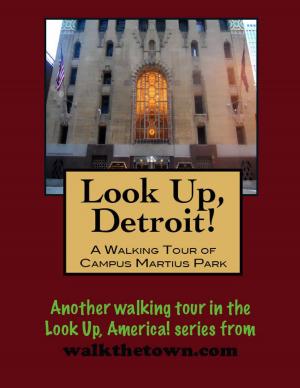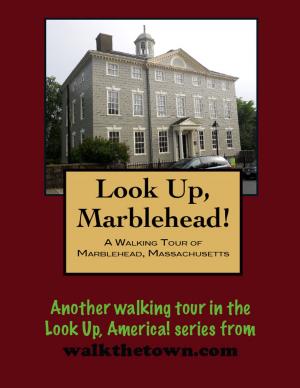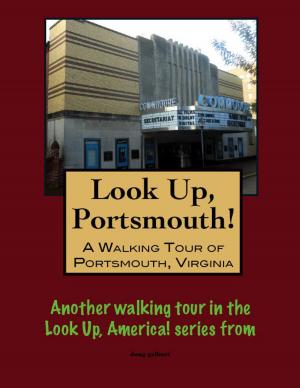Look Up, Cleveland! A Walking Tour of Cleveland, Ohio
Nonfiction, Travel, United States, History, Americas| Author: | Doug Gelbert | ISBN: | 9781465738523 |
| Publisher: | Doug Gelbert | Publication: | October 26, 2011 |
| Imprint: | Smashwords Edition | Language: | English |
| Author: | Doug Gelbert |
| ISBN: | 9781465738523 |
| Publisher: | Doug Gelbert |
| Publication: | October 26, 2011 |
| Imprint: | Smashwords Edition |
| Language: | English |
There is no better way to see America than on foot. And there is no better way to appreciate what you are looking at than with a walking tour. Whether you are preparing for a road trip or just out to look at your own town in a new way, a downloadable walking tour is ready to explore when you are.
Each walking tour describes historical and architectural landmarks and provides pictures to help out when those pesky street addresses are missing. Every tour also includes a quick primer on identifying architectural styles seen on American streets.
The Ohio River was the original gateway into the state of Ohio. Those who found their way to the mouth of the Cuyahoga River at Lake Erie made their way upstream to high ground and left the swampy lowlands to small bands of settlers led by Lorenzo Carter. By the 1820s there were still less than a 1,000 people in Cleaveland, which had been incorporated in 1814 and still had its first "A." Legend has it that the pesky vowel was dropped in the 1830s so fit the town name into a newspaper masthead.
Then New York state finished its Erie Canal that provided a water course from the Atlantic Ocean to the western banks of Lake Erie. Work began to connect the Ohio River to Lake Erie as well and competition to become the Great Lakes terminus for the Ohio & Erie Canal was furious. Alfred Kelley, Cleveland's first practicing attorney, landed the plum assignment for the town and its future was assured. The population went from 1,000 to 6,000 in the 1830s and by the time the canal era ended in the 1850s Kelley had made sure the town was amply connected to the nation's burgeoning railroad system.
The second half of the 20th century saw Cleveland explode with the shipping of iron ore, the fabrication of metal and the building of ships. John Rockefeller and his lieutenant Henry Flagler not only made Cleveland the center of America's new oil business but a financial and corporate center to rival the established Eastern cities. The town's industrial area known as The Flats spawned mills, factories and endless rows of immense warehouses. As Cleveland fanned out along the Lake Erie shore it brushed aside Cincinnati as Ohio's largest city by the end of the 19th century.
Most of the buildings from that era are gone. The Cleveland streetscape seen today is partly the result of the Cleveland Group Plan in the early 1900s that was the town's stab at the City Beautiful movement that swept America at the time. Most such plans never materialized but Cleveland's was more successful than most. Thousands and thousands of buildings were razed in Cleveland in its drive for "beauty for beauty's sake." Its centerpiece was the Cleveland Mall that extended from the main business area to the lake. Combined with the nearby Public Square that Moses Cleaveland had plotted as a ten-acre central park, downtown Cleveland has an abundance of open air.
It is not only the proletarian buildings that met the wrecking ball. Euclid Avenue that runs east out of town from Public Square was known nationwide as "millionaire's Row" where Cleveland's titans of industry built elegant homes. Out-of-town writers would come to Cleveland and gush over "the most beautiful street in the world." Today Euclid Avenue has been shorn of most of its landmark residences. Our walking tour of Cleveland, where heritage structures stand cheek-to-jowl with modern skyscrapers, will check in on Euclid Avenue but first we will begin where Moses Cleaveland rowed his boat to shore and stepped out into the swampy morass while swatting away flying insects...
There is no better way to see America than on foot. And there is no better way to appreciate what you are looking at than with a walking tour. Whether you are preparing for a road trip or just out to look at your own town in a new way, a downloadable walking tour is ready to explore when you are.
Each walking tour describes historical and architectural landmarks and provides pictures to help out when those pesky street addresses are missing. Every tour also includes a quick primer on identifying architectural styles seen on American streets.
The Ohio River was the original gateway into the state of Ohio. Those who found their way to the mouth of the Cuyahoga River at Lake Erie made their way upstream to high ground and left the swampy lowlands to small bands of settlers led by Lorenzo Carter. By the 1820s there were still less than a 1,000 people in Cleaveland, which had been incorporated in 1814 and still had its first "A." Legend has it that the pesky vowel was dropped in the 1830s so fit the town name into a newspaper masthead.
Then New York state finished its Erie Canal that provided a water course from the Atlantic Ocean to the western banks of Lake Erie. Work began to connect the Ohio River to Lake Erie as well and competition to become the Great Lakes terminus for the Ohio & Erie Canal was furious. Alfred Kelley, Cleveland's first practicing attorney, landed the plum assignment for the town and its future was assured. The population went from 1,000 to 6,000 in the 1830s and by the time the canal era ended in the 1850s Kelley had made sure the town was amply connected to the nation's burgeoning railroad system.
The second half of the 20th century saw Cleveland explode with the shipping of iron ore, the fabrication of metal and the building of ships. John Rockefeller and his lieutenant Henry Flagler not only made Cleveland the center of America's new oil business but a financial and corporate center to rival the established Eastern cities. The town's industrial area known as The Flats spawned mills, factories and endless rows of immense warehouses. As Cleveland fanned out along the Lake Erie shore it brushed aside Cincinnati as Ohio's largest city by the end of the 19th century.
Most of the buildings from that era are gone. The Cleveland streetscape seen today is partly the result of the Cleveland Group Plan in the early 1900s that was the town's stab at the City Beautiful movement that swept America at the time. Most such plans never materialized but Cleveland's was more successful than most. Thousands and thousands of buildings were razed in Cleveland in its drive for "beauty for beauty's sake." Its centerpiece was the Cleveland Mall that extended from the main business area to the lake. Combined with the nearby Public Square that Moses Cleaveland had plotted as a ten-acre central park, downtown Cleveland has an abundance of open air.
It is not only the proletarian buildings that met the wrecking ball. Euclid Avenue that runs east out of town from Public Square was known nationwide as "millionaire's Row" where Cleveland's titans of industry built elegant homes. Out-of-town writers would come to Cleveland and gush over "the most beautiful street in the world." Today Euclid Avenue has been shorn of most of its landmark residences. Our walking tour of Cleveland, where heritage structures stand cheek-to-jowl with modern skyscrapers, will check in on Euclid Avenue but first we will begin where Moses Cleaveland rowed his boat to shore and stepped out into the swampy morass while swatting away flying insects...
